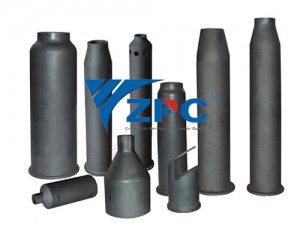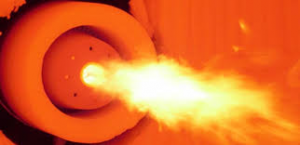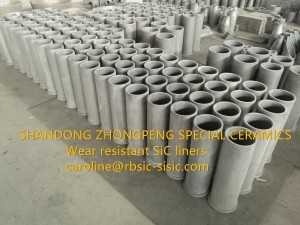Surface ceramization – plasma spraying and self-propagating high temperature synthesis
Plasma spraying produces a DC arc between the cathode and the anode. The arc ionizes the working gas into a high temperature plasma. The plasma flame is formed to melt the powder to form droplets. The high velocity gas stream atomizes the droplets and then ejects them to the substrate. The surface forms a coating. The advantage of plasma spraying is that the spraying temperature is very high, the center temperature can reach above 10 000 K, and any high melting point ceramic coating can be prepared, and the coating has good density and high bonding strength. The disadvantage is that the spraying efficiency is higher. Low, and expensive equipment, one-time investment costs are higher.
Self-propagating high-temperature synthesis (SHS) is a technology for synthesizing new materials by self-conduction of high chemical reaction heat between reactants. It has the advantages of simple equipment, simple process, high production efficiency, low energy consumption and no pollution. It is a surface engineering technology that is very suitable for the protection of the inner wall of pipes. The ceramic lining prepared by SHS has the characteristics of high bonding strength, high hardness and corrosion resistance, which can effectively extend the life of the pipeline. The main component of the ceramic liner used in petroleum pipelines is Fe+Al2O3. The process is to uniformly mix the iron oxide powder and the aluminum powder in the steel pipe, and then rotate at high speed on the centrifuge, then ignite by electric spark, and the powder is burning. The displacement reaction occurs to form a molten layer of Fe+Al2O3. The molten layer is layered under the action of centrifugal force. Fe is close to the inner wall of the steel pipe, and Al2O3 forms a ceramic inner liner away from the pipe wall.
Post time: Dec-17-2018


